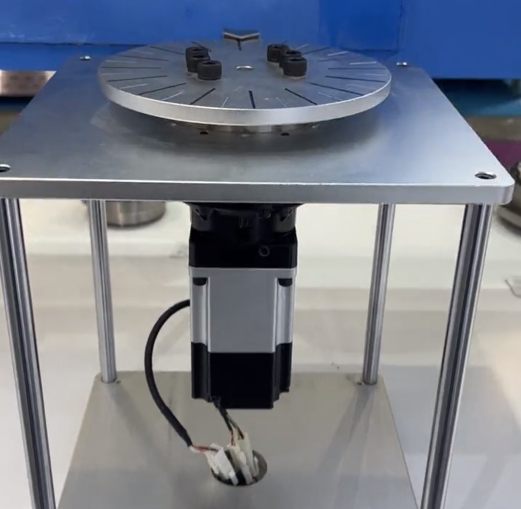
In the relentless pursuit of enhancing efficiency in gear reducers, the significance of data support becomes evident. This section will delve into the functions and principles behind data-supported efficiency improvement in gear reducers, supplemented by real-world case studies that exemplify these advancements.
1. Functions of Gear Reducers:
Gear reducers play a crucial role in power transmission by adjusting the speed and torque of the output shaft. Traditional gear reducers often suffered from inherent inefficiencies, leading to energy losses through friction and heat. Modern gear reducers aim to optimize these functions by employing advanced designs, materials, and manufacturing techniques.
2. Principles of Efficiency Improvement:
The improvement in efficiency revolves around several key principles. Firstly, advanced gear designs, including helical, planetary, or bevel gears, minimize friction and distribute load more evenly, resulting in reduced energy losses. Secondly, the integration of high-performance lubricants and sealing technologies minimizes internal friction and wear, further contributing to enhanced efficiency. Lastly, precision manufacturing ensures the tight tolerances required for smooth gear operation, reducing energy dissipation.
3. Data Support in Theory:
Theoretical advancements are supported by extensive simulations and analyses. Finite Element Analysis (FEA) and Computational Fluid Dynamics (CFD) simulations allow engineers to model and predict the performance of gear reducers under various conditions. Theoretical models are then validated against empirical data, providing a robust foundation for efficiency improvements. For instance, simulations might reveal that optimizing tooth profiles can lead to a 5% increase in transmission efficiency.
4. Real-world Case Studies:
Case Study 1 - Automotive Manufacturing:
An automotive manufacturing plant sought to enhance the efficiency of its production line. By replacing traditional gear reducers with modern helical gear reducers featuring advanced tooth profiles and improved materials, they achieved a 12% reduction in energy consumption. This case exemplifies how theoretical advancements translated into real-world energy savings.
Case Study 2 - Wind Turbine Gearboxes:
In the renewable energy sector, wind turbine gearboxes are critical components. Researchers utilized advanced simulations to optimize the gear design for these gearboxes. The resultant gear reducers exhibited a 15% improvement in efficiency compared to their predecessors, showcasing the impact of theoretical advancements on green energy applications.
5. Future Trends:
Data-supported efficiency improvement in gear reducers is multifaceted, encompassing advanced gear designs, lubrication technologies, and precision manufacturing. Theoretical advancements, when validated by real-world case studies, demonstrate the tangible benefits of modern gear reducer technology. As industries continue to demand higher efficiency standards, ongoing research and innovation will likely bring about even more sophisticated gear designs and manufacturing techniques, ensuring a future where gear reducers play a pivotal role in achieving sustainable and energy-efficient industrial operations.
 English
English Deutsch
Deutsch Русский
Русский Español
Español
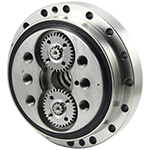
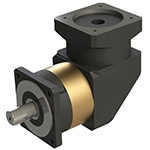
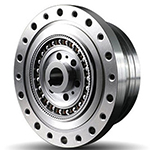
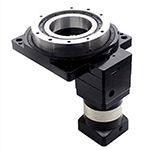
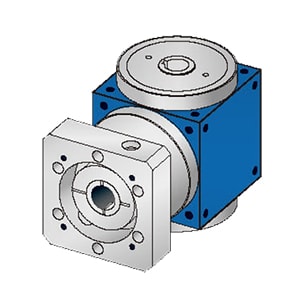
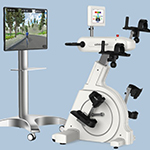
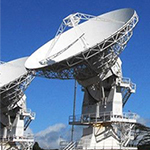
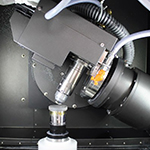
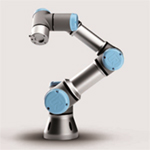
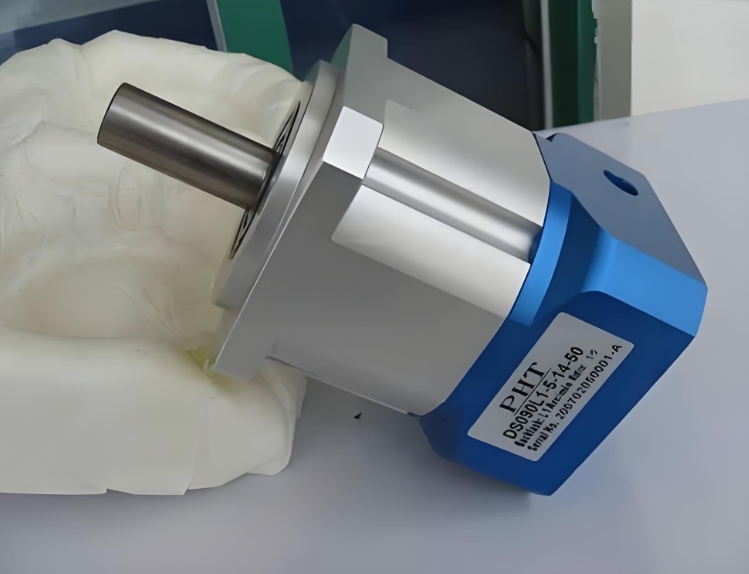
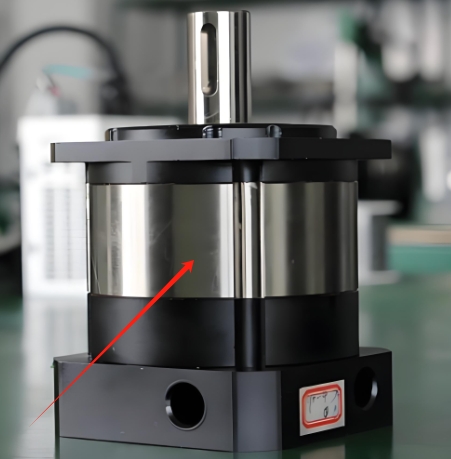
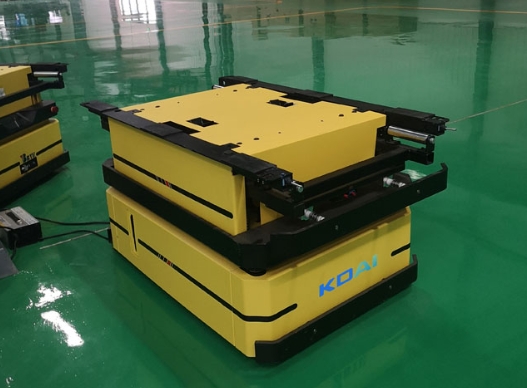
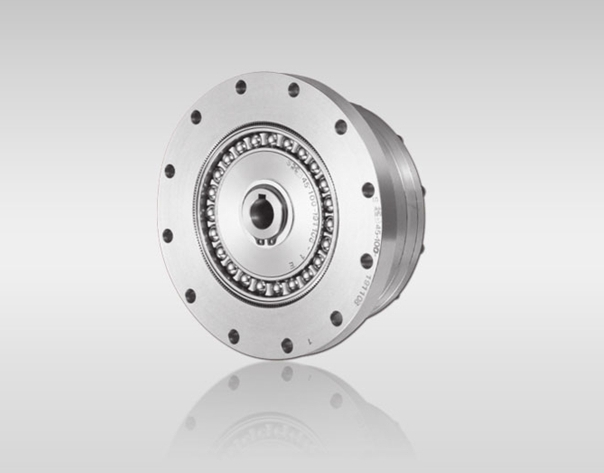
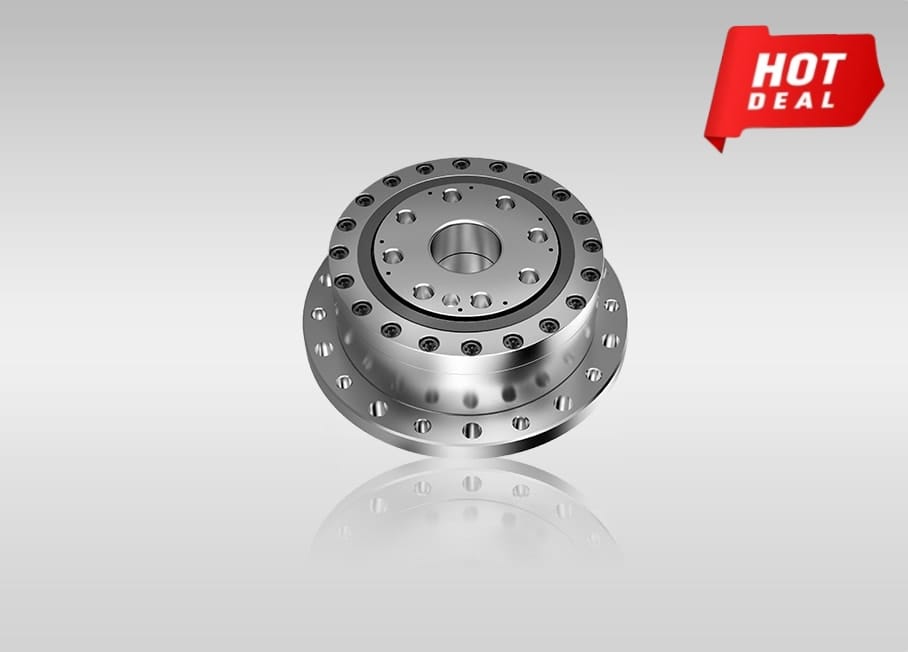
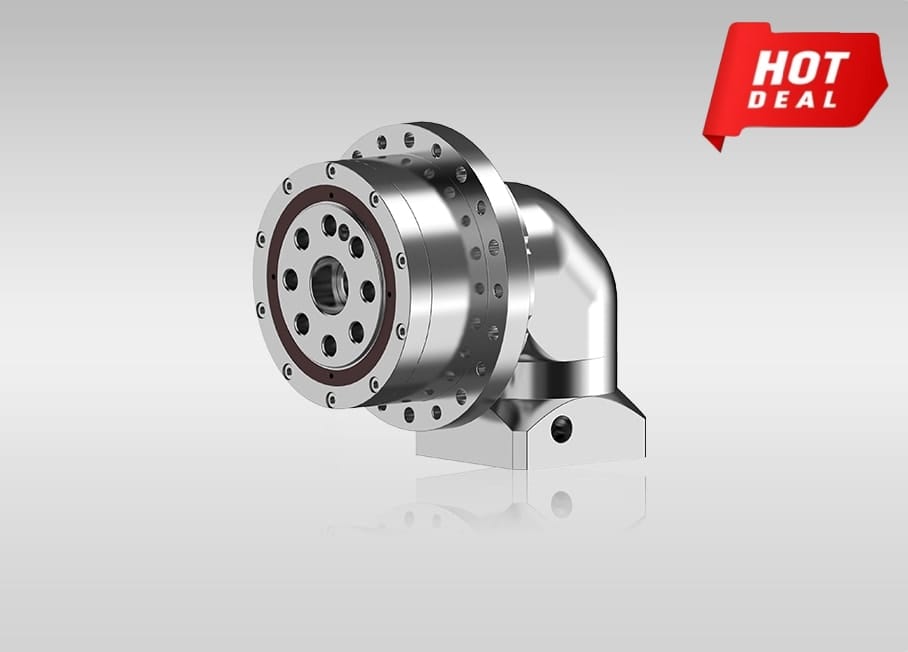
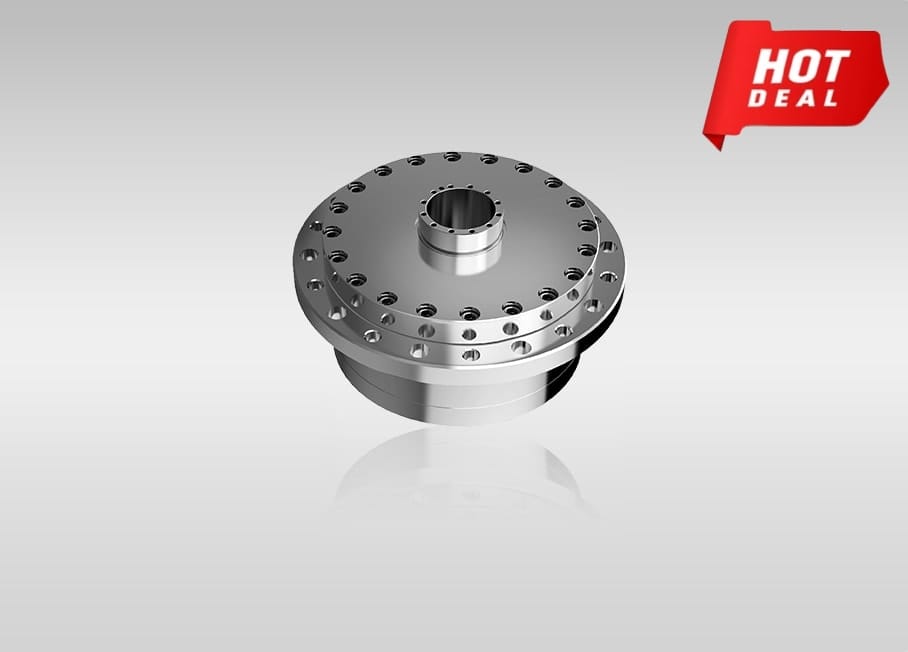
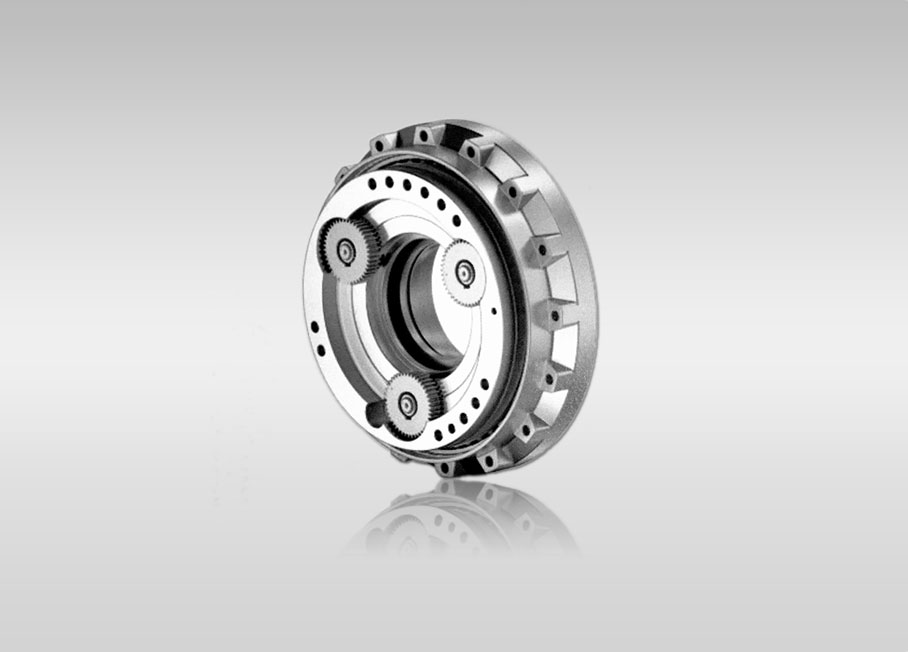
Quote Now